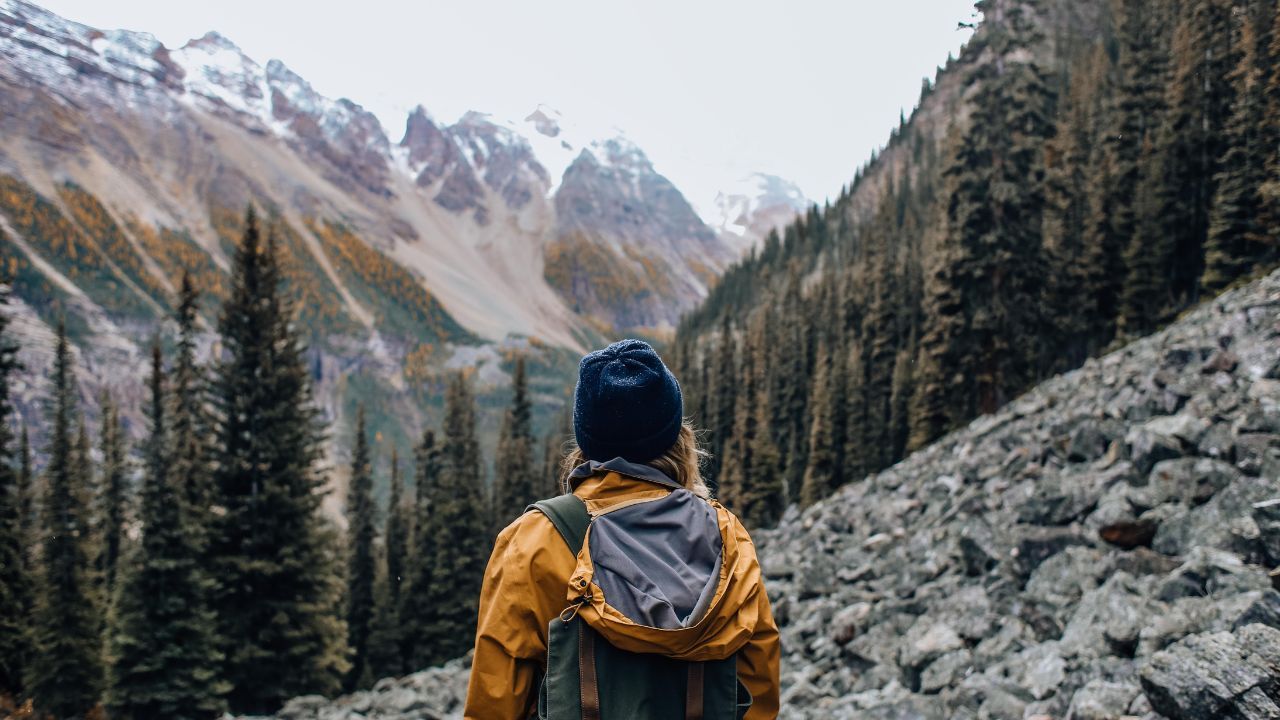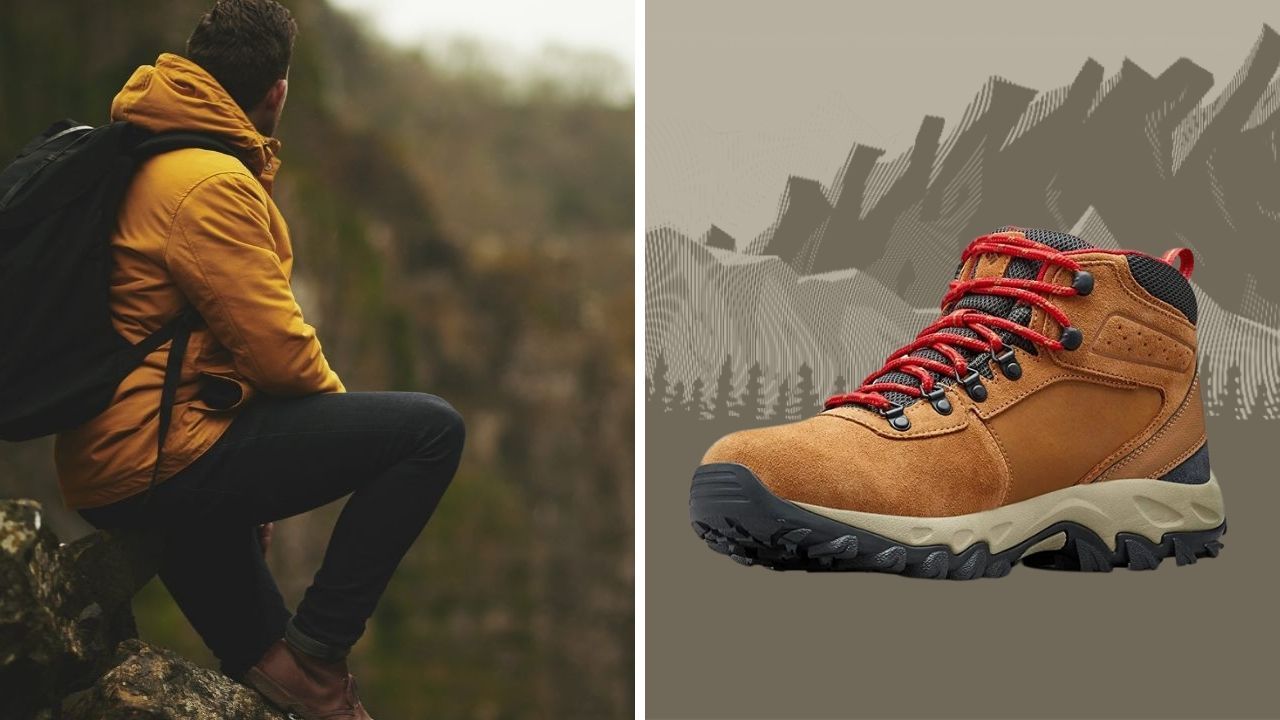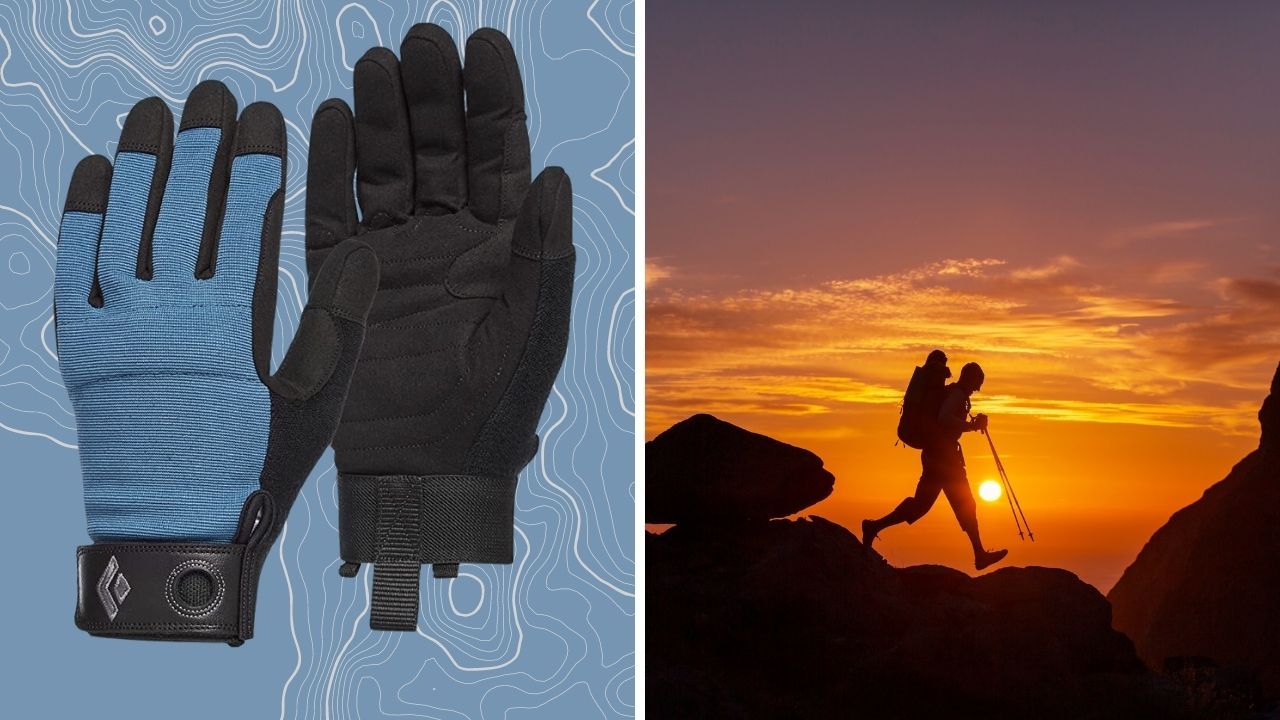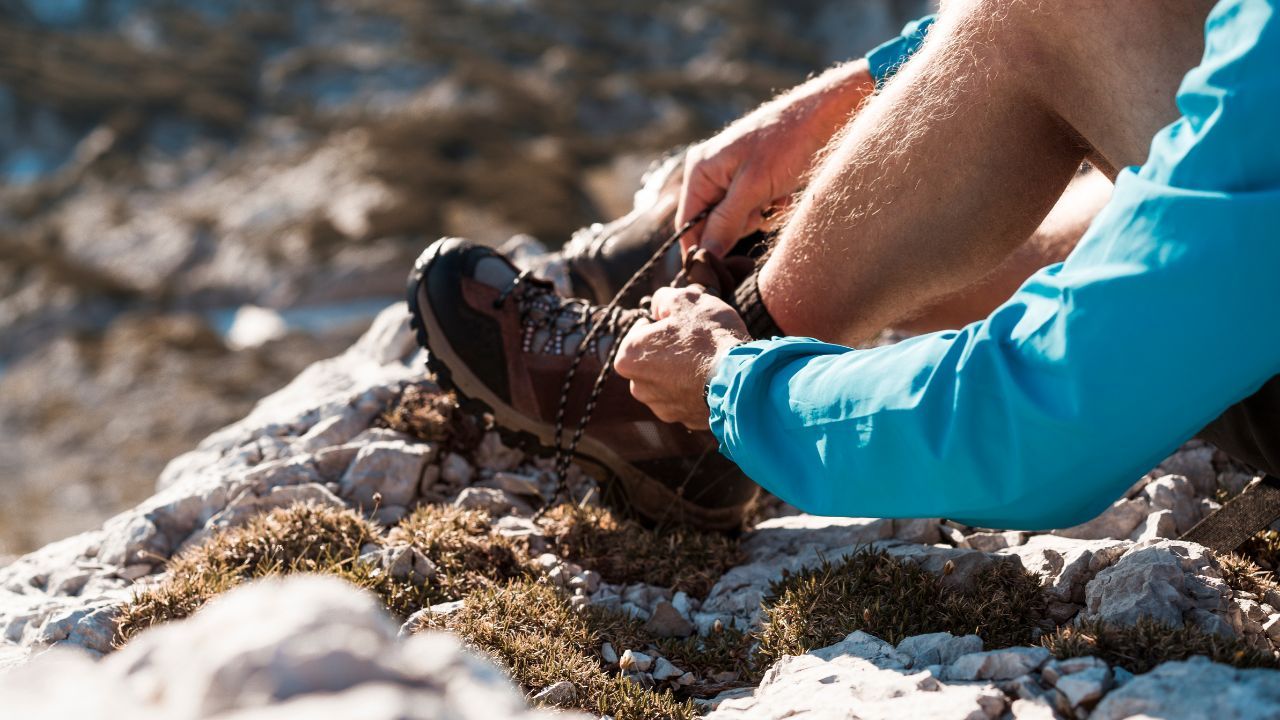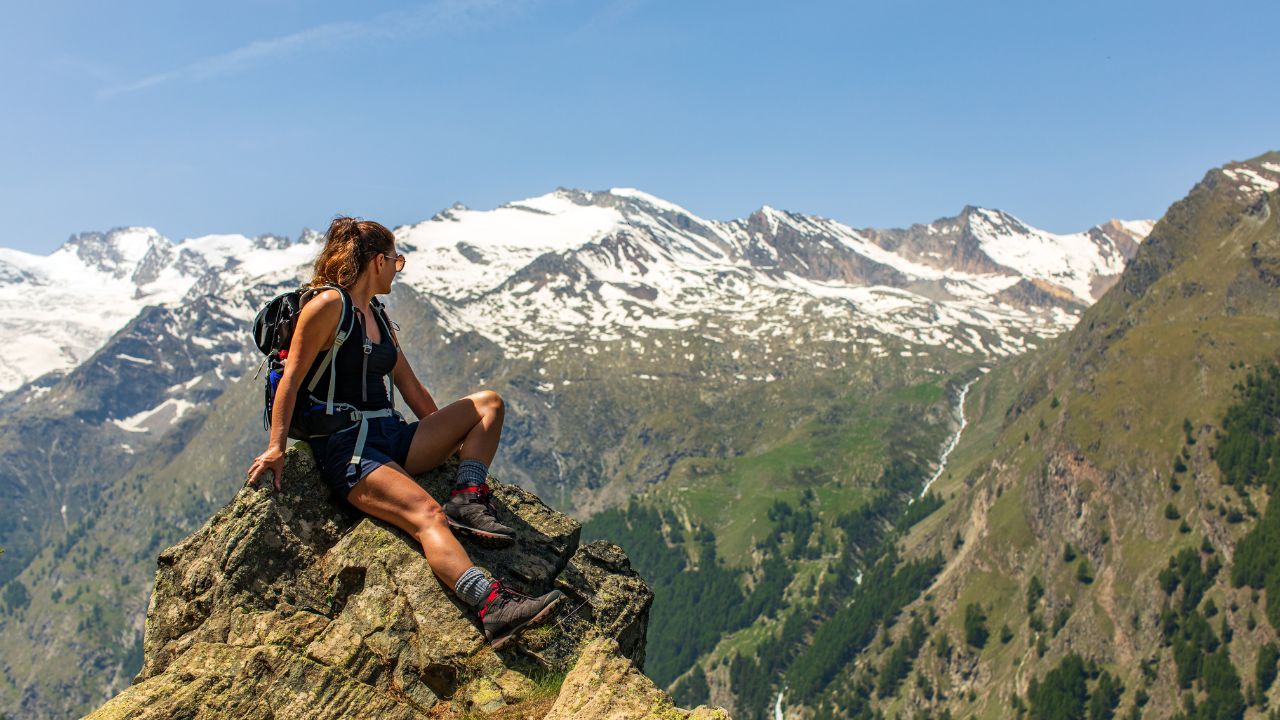
The Ultimate What To Wear Hiking Guide!
Learn what to wear hiking with our all-inclusive guide, covering layering systems, footwear, accessories, and tips for different seasons.
Have you ever found yourself wondering what to wear on your next hiking adventure?
Worry no more, because we're here to help you make the best choices for your outdoor attire.
Proper hiking clothing is essential for your comfort and safety, as it can protect you from the elements and prevent potential injuries.
We'll cover everything from layering techniques to fabric choices, ensuring that you're well-equipped for any trail that comes your way.
Disclosure: We only recommend things we’ve personally used or come highly recommended by trusted peers. Using one of our referral links might give us a small commission which helps support this website at no additional cost to you. If you’d like to learn more check out our disclaimer page.
Understanding the Basics
Before we dive into specific clothing recommendations, let's get familiar with some essential concepts that will help you understand how to dress for the outdoors.
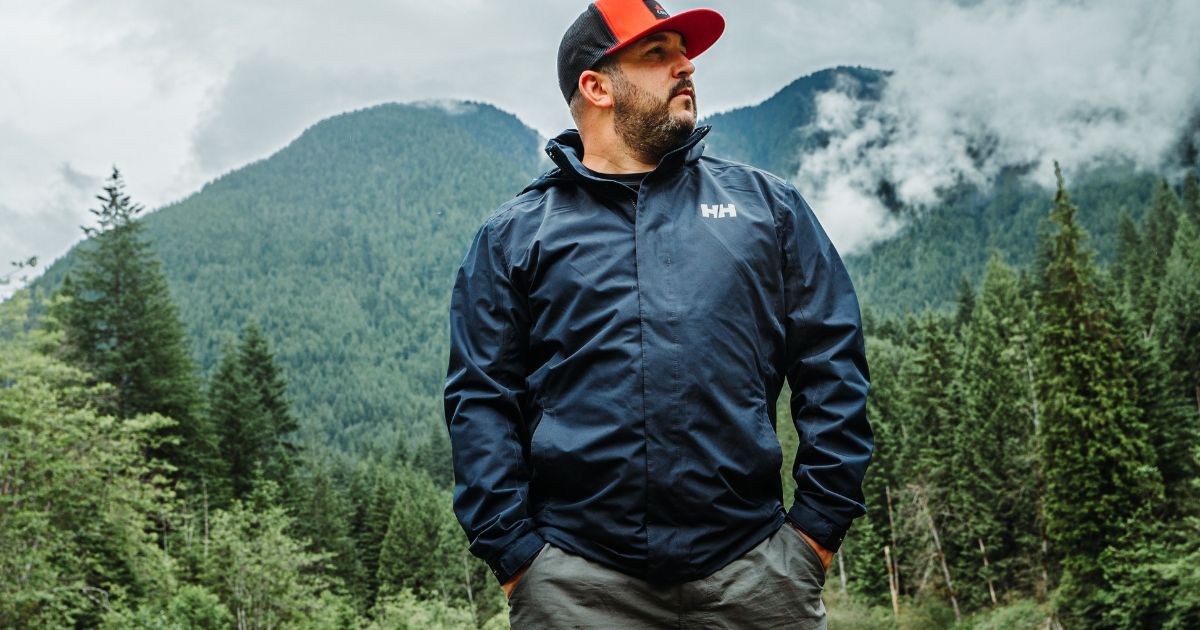
Layering System
When it comes to dressing for a hike, it's all about layers. Think of your hiking attire as a three-layer cake, where each layer serves a specific purpose:
- Base Layer: Moisture Management - Your base layer should be made of moisture-wicking material that pulls sweat away from your skin, allowing it to evaporate quickly. This helps regulate your body temperature and prevents chafing.
- Middle Layer: Insulation - Its primary function is to trap heat and provide insulation, so opt for materials like fleece or down that offer excellent warmth-to-weight ratios.
- Outer Layer: Weather Protection - The outer layer is your shield against the elements. It should be both waterproof and breathable, protecting you from wind, rain, and snow while allowing excess heat and moisture to escape.
Material Choices
Now that you understand the importance of layering, let's explore the different fabric options available and their pros and cons.

Synthetic Materials
They're excellent for base layers and outer layers but can sometimes feel less comfortable against the skin compared to natural fabrics.
Merino Wool
Merino wool is a natural fiber that offers fantastic moisture-wicking, temperature regulation, and odor resistance.
- It's soft, comfortable, and perfect for base layers or even middle layers on colder hikes.
- However, it tends to be more expensive than synthetic materials and may not be as durable.
Cotton
While it may seem like a cozy option, it's best not to wear cotton when hiking.
- Wet cotton loses its insulating properties, making it a poor choice for hikes in variable weather conditions.
Dressing for Different Seasons
Now that you're familiar with the basics of hiking attire, let's dive into how to dress for various seasons.
After all, a sunny summer hike requires different clothing than a snowy winter trek.
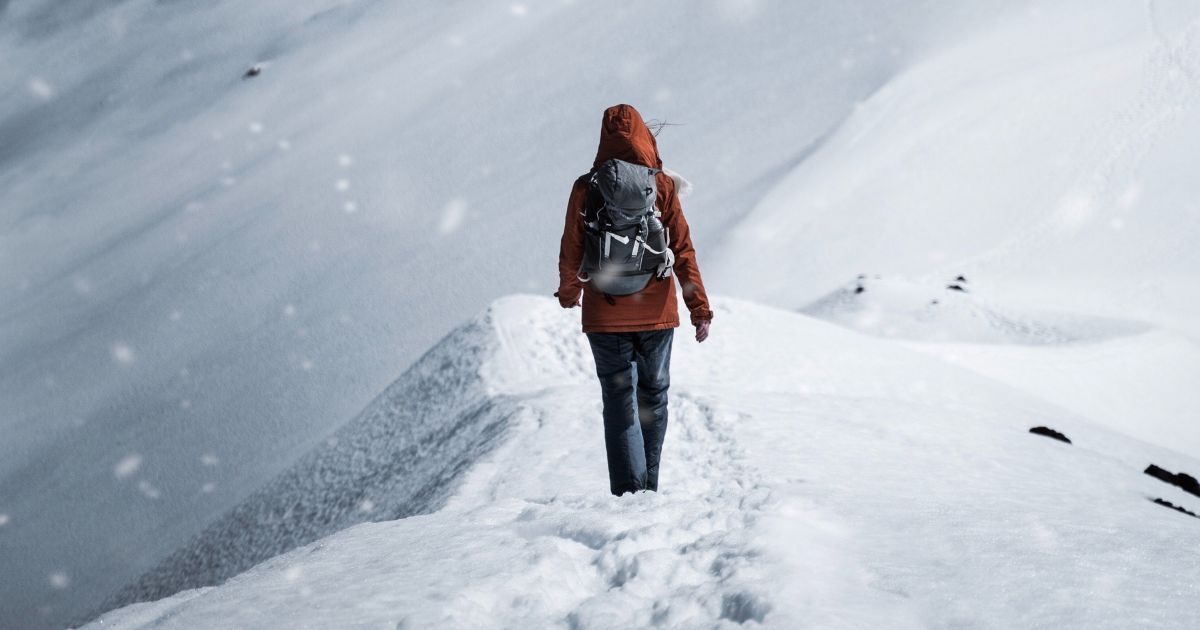
Here's what to wear for each season to ensure you stay comfortable and safe on the trails.
Spring Hiking Attire
Spring is known for its unpredictable weather, so it's essential to be prepared for anything. Here are some tips for dressing during the spring hiking season:
- Clothing Options for Unpredictable Weather: Since spring weather can change rapidly, it's crucial to bring versatile clothing that can easily be added or removed as needed.
- Opt for lightweight, packable layers like a rain jacket, fleece, or softshell, which can be easily stowed away in your backpack when not in use.
- Importance of Waterproof Gear: Spring showers can catch you off guard, so having waterproof gear is a must.
- Invest in a quality waterproof-breathable rain jacket and consider packing rain pants if heavy precipitation is expected.
- Don't forget to protect your gear by using a waterproof backpack cover or dry bags.
Summer Hiking Attire
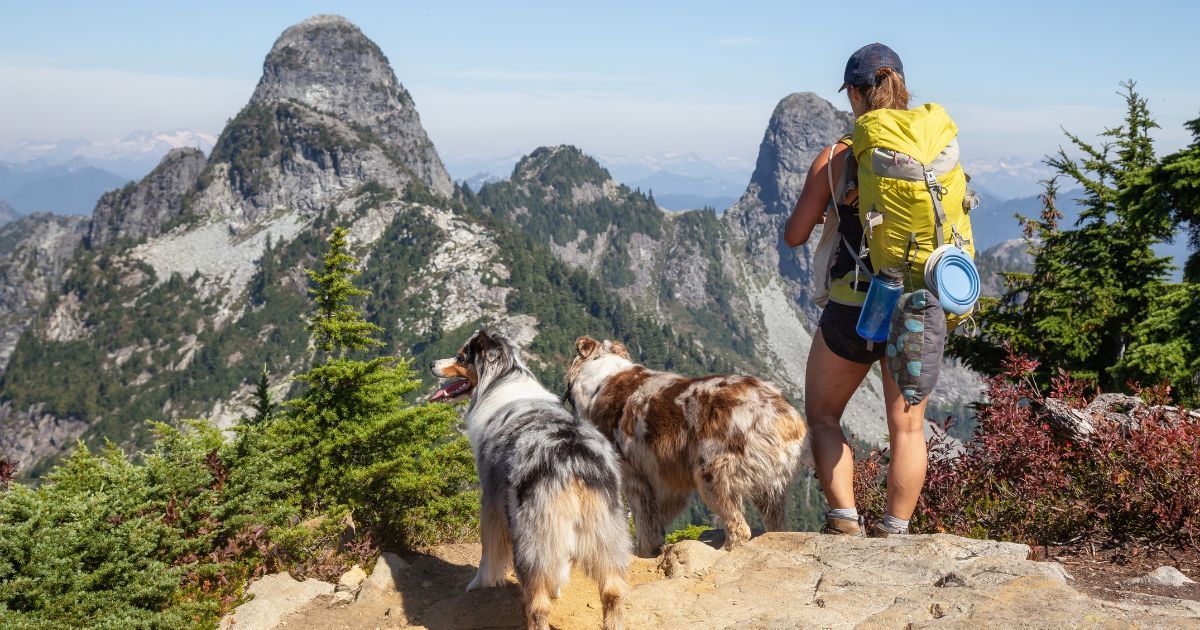
Summer hikes are all about staying cool and protected from the sun. Keep these tips in mind when dressing for your warm-weather adventures:
- Lightweight, Breathable Clothing: Choose light-colored, loose-fitting clothing made from breathable materials like polyester or merino wool.
- Avoid dark colors, as they absorb heat and can make you feel even warmer.
- Sun Protection Tips: Protect yourself from harmful UV rays by wearing a wide-brimmed hat, sunglasses with UV protection, and applying sunscreen with an SPF of 30 or higher.
- Consider wearing clothing with built-in UPF (Ultraviolet Protection Factor) for added sun protection.
Fall Hiking Attire
As temperatures begin to cool down during the fall, it's essential to adapt your clothing choices accordingly. Here's how to stay comfortable during autumn hikes:
- Adapting to Cooler Temperatures: Start incorporating warmer layers like fleece jackets, insulated vests, or lightweight down jackets into your hiking attire. Remember the importance of layering – you can always remove a layer if you get too warm.
- How to Layer Effectively: In addition to your base layer, add a mid-layer for insulation and an outer layer for weather protection. For example, wear a moisture-wicking shirt, a fleece jacket, and a windproof softshell jacket to keep you warm and dry during your fall hike.
Winter Hiking Attire
Winter hiking requires special attention to insulation and warmth for cold temperatures. Check out these tips for dressing appropriately during the coldest months:
- Insulation and Warmth Considerations: Opt for heavyweight base layers made from merino wool or synthetic materials designed for cold weather. Add an insulated jacket as a middle layer, like a down or synthetic fill jacket, to trap heat effectively.
- Essential Winter Accessories: Don't forget about your extremities! Wear a warm beanie, insulated gloves or mittens, and thick, moisture-wicking socks to keep your hands, feet, and head warm. If you'll be hiking in deep snow, consider using gaiters to keep snow out of your boots.
Footwear: Choosing the Right Hiking Shoes
Your hiking attire isn't complete without the perfect pair of shoes. The right footwear can make or break your hiking experience, so let's explore the different types of hiking shoes and factors to consider when making your selection.
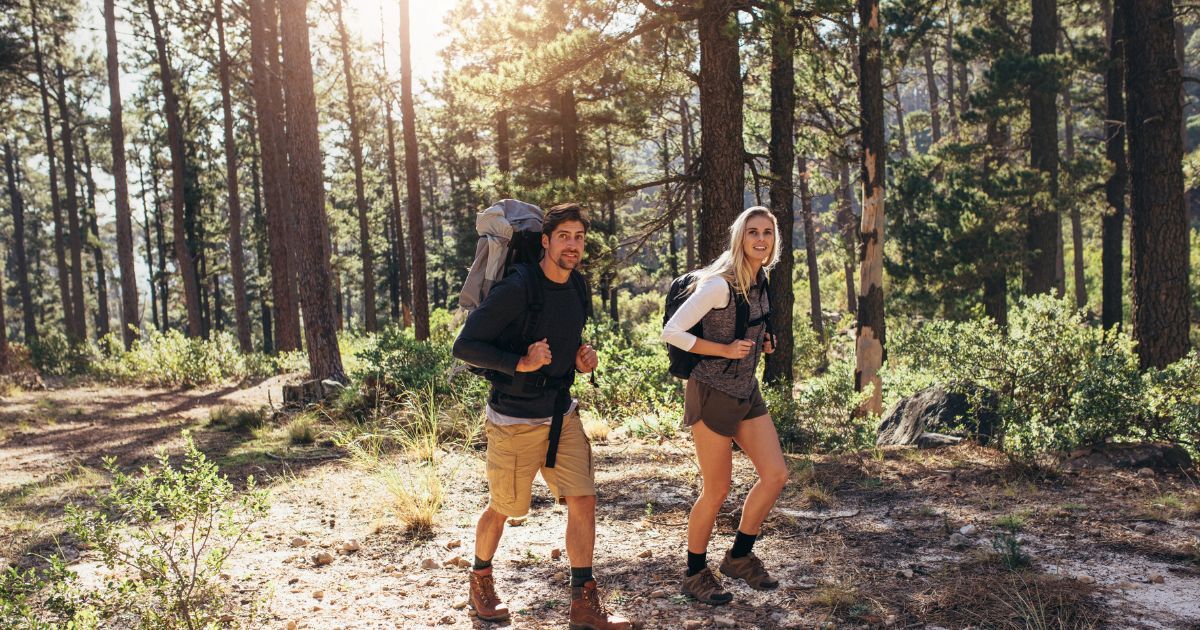
Types of Hiking Shoes
There are four main categories of hiking footwear, each designed for specific conditions and terrains:
- Hiking Sandals: Minimal, lightweight, and breathable, these are perfect for hot climates and water crossings. A couple of popular brands are Luna and Bedrock.
- Trail Runners: Lightweight and flexible, trail runners are perfect for well-maintained trails and shorter hikes. They offer excellent breathability and quick-drying capabilities but may not provide as much support or protection as other options. Altra's are my go to trail running shoes. They have a wide toe box and plenty of traction for any trail type.
- Hiking Boots: These are the all-rounders of the hiking world, offering a balance of support, comfort, and durability. Hiking boots come in various heights and materials, making them suitable for a wide range of conditions and terrains.
- Mountaineering Boots: Designed for rugged, off-trail adventures and winter expeditions, mountaineering boots provide maximum support, insulation, and protection from the elements. They're often heavier and stiffer than other options, so they're best reserved for more demanding hikes.
Factors to Consider When Choosing Footwear
To find the perfect hiking shoes for your needs, consider the following factors:
- Terrain: Are you hiking on well-groomed trails or tackling rocky, uneven paths? Choose footwear with appropriate support, traction, and protection for the terrain you'll encounter.
- Weather Conditions: Consider the climate and weather conditions of your hike. Waterproof shoes or boots may be necessary for wet or snowy conditions, while breathable options are ideal for warm weather.
- Personal Comfort: Above all, your hiking shoes should be comfortable! Try on multiple styles and sizes, and wear the socks you plan to hike in when trying shoes on. Remember that your feet may swell during a hike, so allow for some extra room.
Essential Accessories
Now that you've got your clothing and footwear sorted, let's discuss some essential hiking accessories that will ensure an enjoyable and safe experience on the trails.
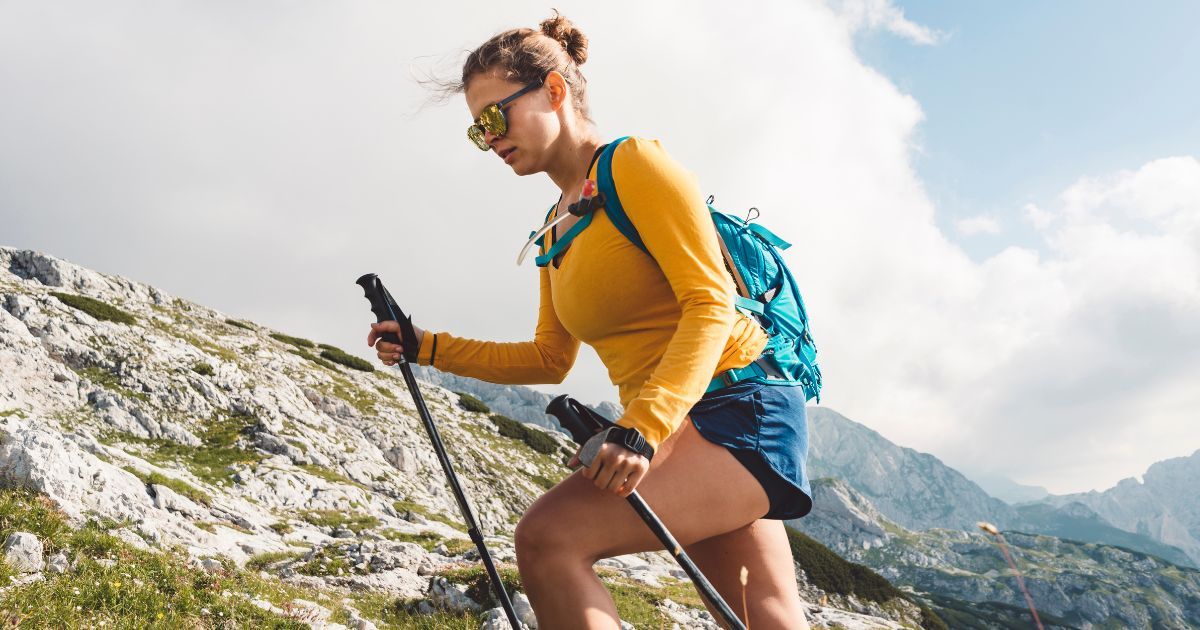
Headwear
- Hats and Caps for Sun Protection: A wide-brimmed hat or cap can shield your face and neck from the sun, reducing the risk of sunburn and overheating. Look for options with UPF protection and moisture-wicking materials.
- Beanies for Warmth: During colder hikes, a warm beanie is essential for retaining heat and keeping your head cozy.
Gloves
- Different Types of Gloves for Various Conditions: Choose hiking gloves based on the weather conditions and your personal needs. Lightweight gloves are perfect for cool mornings, while insulated, waterproof gloves are ideal for winter hikes.
- Tips for Choosing the Right Gloves: Look for gloves with touchscreen-compatible fingertips if you plan to use your phone or GPS device during your hike. Also, consider gloves with adjustable wrist straps for a secure fit.
Socks
- Importance of Proper Hiking Socks: Quality hiking socks provide cushioning, moisture management, and blister prevention. Never overlook the importance of investing in good socks!
- Material Recommendations: Opt for moisture-wicking materials like merino wool or synthetic blends. Avoid cotton socks, as they can lead to blisters and discomfort.
- As far as hiking socks go Darn Tough is my brand of choice.
Gaiters
- Benefits of Wearing Gaiters: Gaiters protect your legs and keep debris, water, and snow out of your boots. They're especially useful during wet, muddy, or snowy hikes.
- When to Use Gaiters: Consider using gaiters during off-trail hikes, in deep snow, or when trekking through tall grass or brush.
Packing Extras
Don't forget to pack some extra clothing items for unpredictable conditions or emergencies:
- Backup Clothing Items: Bring a spare base layer and socks in case your original set becomes wet or uncomfortable.
- Rain Gear: Always have a lightweight, packable rain jacket with you, even if the forecast looks clear.
- Additional Layers for Changing Conditions: Pack extra layers like a fleece or down jacket that can be added or removed as needed.
What NOT to Wear Hiking: Avoiding Common Mistakes
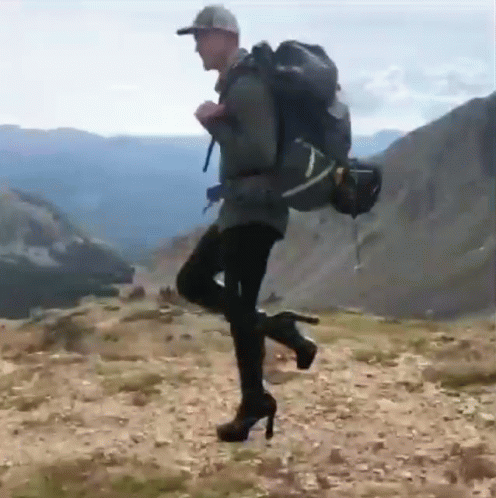
While we've covered the essentials of what to wear hiking, it's equally important to discuss what you should avoid wearing on the trails.
Steering clear of these common mistakes will help ensure a comfortable and enjoyable hiking experience.
Cotton Clothing
As mentioned earlier, cotton is not your friend when it comes to hiking attire.
- Cotton absorbs moisture and takes a long time to dry, leaving you feeling damp, cold, and prone to chafing.
- Instead, opt for moisture-wicking materials like synthetic blends or merino wool.
Improper Footwear
- Avoid everyday sneakers, sandals, or casual shoes that lack proper support, traction, and protection.
- Stick to dedicated hiking footwear like trail running shoes or hiking boots, as they're designed specifically for the demands of the trails.
Jeans or Denim
Denim is heavy, restrictive, and slow-drying, making it a poor choice for hiking. Jeans can become uncomfortable and chafe your skin, especially when wet.
- Opt for lightweight, quick-drying, and stretchy pants made from synthetic materials instead.
Overly Tight or Restrictive Clothing
Tight clothing can restrict your movement and cause discomfort on the trails.
Choose attire that allows for a full range of motion, so you can easily navigate obstacles and uneven terrain.
Heavy or Bulky Jackets
While staying warm is essential, avoid wearing heavy or bulky jackets that can weigh you down and cause overheating.
Stick to the layering system mentioned earlier, using lightweight, packable layers that can be easily added or removed as needed.
Jewelry and Accessories
Leave the fashion statements at home when heading out for a hike.
- Dangling necklaces, bracelets, and large earrings can get caught on branches or equipment, posing a safety hazard.
- Stick to minimal, functional accessories like a simple watch or fitness tracker.
Bottom Line
Congratulations! You're now well-equipped to tackle any hiking adventure with confidence. Remember to always prioritize comfort, safety, and functionality when choosing your hiking clothes and accessories.
Remember these strategies when selecting the perfect hiking outfit. With the right gear, you'll be able to enjoy the great outdoors safely and comfortably. Now lace up those boots, grab your backpack, and hit the trails! Happy hiking!
Before You Go...
